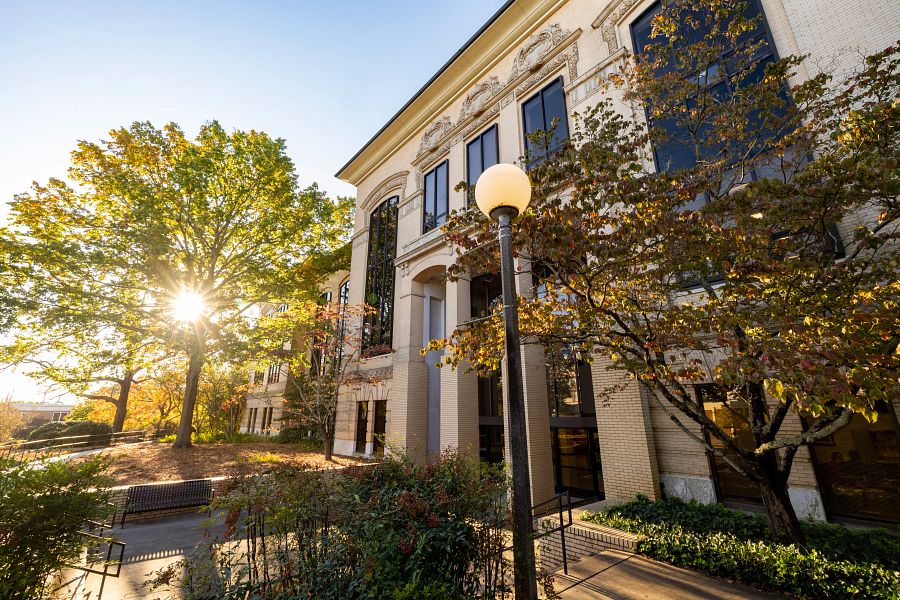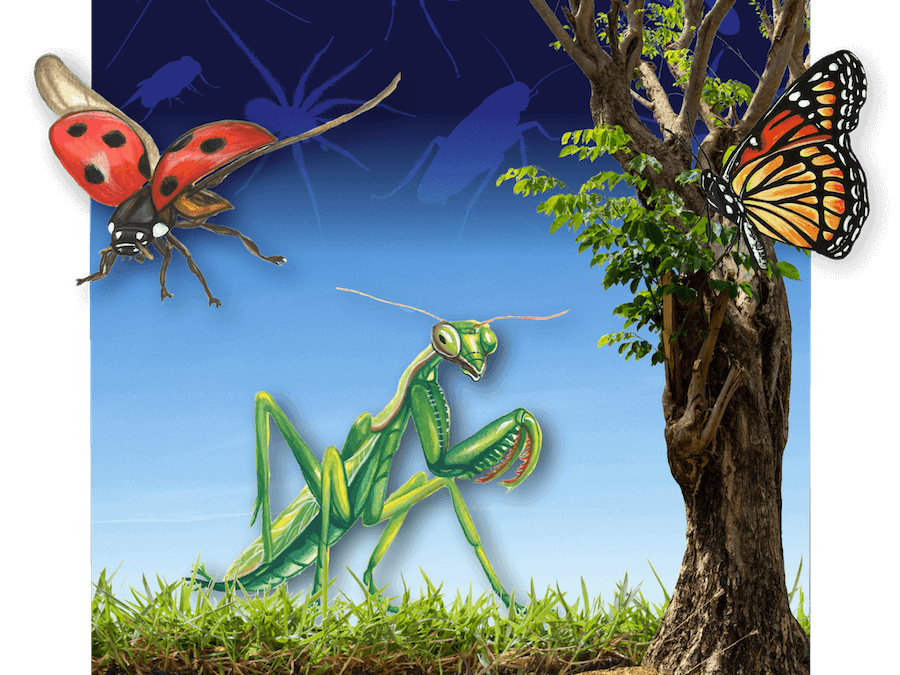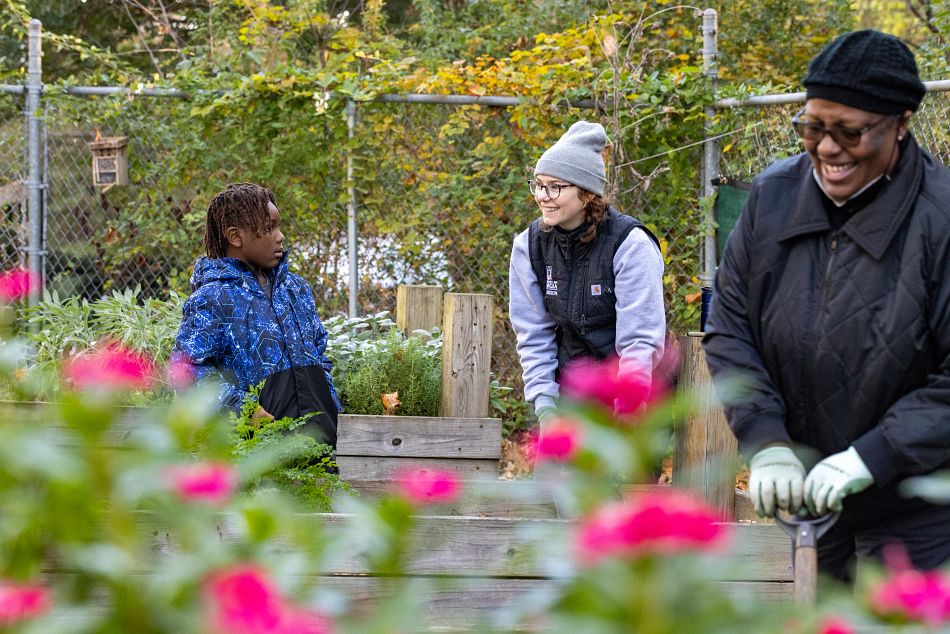Muscadine season is back. And it's been a long wait. Most fruits are now available nearly year-round, because they're grown somewhere in the Southern Hemisphere during our winter season -- but not muscadines.
These great grapes are grown commercially only in the southern United States. They mature during late July, August and September. Southerners have been eating wild muscadines since we first set foot in this land.
At one time muscadines could only be found in the wild. But in the early 1800s a number of superior wild varieties were selected for cultivation. One of these was "Scuppernong." Found on the Scuppernong River in North Carolina in 1810, it has become the common name for all bronze muscadines.
The University of Georgia College of Agricultural and Environmental Sciences has bred muscadines for more than 70 years. This work has led to a series of excellent varieties well-adapted to the state.
A big breakthrough came about 25 years ago with the release of "Fry" muscadines. These grapes paved the way for the modern fresh- market muscadine industry.
Fry is well-known for its large size and rich, sweet flavor. Georgia now has about 1,200 acres of muscadines. Other varieties of note are the bronze "Summit" and "Tara," a fairly new, self-fertile muscadine.
The most recent release from the UGA breeding program is "Scarlett," a large-fruited, red grape.
We used to think muscadines just tasted good. Indeed, that's reason enough to grow them and get excited about the season. But in recent years, work at Mississippi State University has shown them to be powerhouses of healthful eating.
Muscadines are among the world's richest sources of ellagic acid (thought to help prevent cancer) and resveratrol, which helps reduce heart disease in the so-called "French paradox." (Frenchmen with rich diets who drink red wine have much less heart disease than people in the rest of the world.) Muscadines are a great source of dietary fiber, too.
Fall is a good time to order plants for your own backyard. A number of Georgia nurseries propagate muscadine plants. Many garden centers have them in stock.
When planting, be sure to plant self-fertile varieties with female-flowered types for cross-pollination. You can find details about planting muscadines on the World Wide Web at www.ces.uga.edu/pubcd/L225-w.html.
If you have trouble finding plants, contact the county Extension Service office.
If you'd like to learn even more about growing muscadines, you may want to come to the 1999 Muscadine Conference (during the Georgia Fruit and Vegetable Growers Association Conference) Jan. 8-9 in Savannah. To learn more about the GFVGA, call (706) 845-8200.






